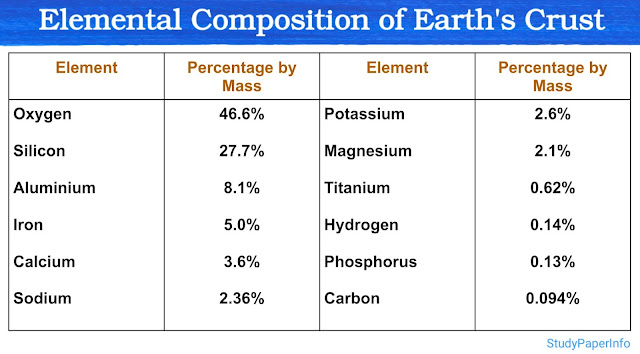Name any two each of fluorescent and non-fluorescent stains to measure cell death
To measure cell death in cells, scientists use special types of chemical dyes called stains. These stains help to identify whether the cells are alive, dead, or undergoing a specific type of death like apoptosis or necrosis. These stains can be broadly divided into two types based on their properties: fluorescent stains and non-fluorescent stains.
1. Fluorescent Stains
Fluorescent stains emit visible light (usually green, red and blue) when exposed to specific wavelengths of light under a fluorescence microscope. These stains are commonly used in cell biology and molecular biology labs to identify apoptotic and necrotic cells by detecting changes in their membranes or internal cell structures.
Examples of fluorescent stains:
1. Propidium Iodide (PI):
- This dye is impermeable to live cells but easily enters dead or damaged cells due to their leaky plasma membrane. Once inside, it binds strongly to DNA and gives a bright red fluorescence. It is especially used for identifying necrotic cells or cells in late-stage apoptosis.
2. Annexin V-FITC (Fluorescein-labeled Annexin V):
- This protein-based dye binds to phosphatidylserine, a molecule that flips from the inner side of the plasma membrane to the outer side during early apoptosis. The FITC gives off green fluorescence, allowing early detection of apoptotic cells even before they lose membrane integrity.
2. Non-Fluorescent Stains
These stains are visible directly under a light microscope. They are generally used in routine cell culture labs for simple viability tests.
Examples of non-fluorescent stains:
1. Trypan Blue:
- This is a commonly used vital dye. It is excluded by healthy cells with intact membranes, but dead cells absorb it and appear blue. This helps in calculating the percentage of live vs dead cells using a hemocytometer.
2. Eosin:
- Eosin is an acidic dye that stains cytoplasmic proteins in dead cells more strongly than in living ones. It is usually used in combination with Hematoxylin in tissue sections, where dead or necrotic areas take deeper pink staining.


Comments
Post a Comment